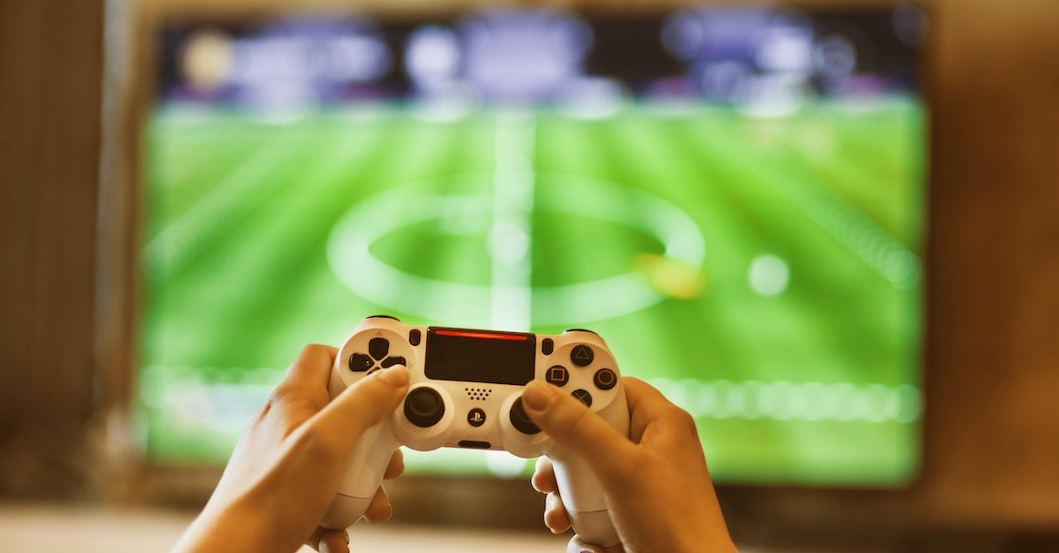As a trader diving into margin trading, it is essential to understand the concept of maintenance margin and how it plays a critical regulatory role in your trades. While margin trading can supercharge your returns through leveraged positions, it increases your risk exposure exponentially if markets move against you. By closely monitoring your maintenance margin and acting decisively when necessary, you always maintain control of your risk. In this article, we will explore the purpose of maintenance margin requirements, how brokers calculate and enforce them, and key strategies you can employ to strengthen your risk management practices when margin trading. Our goal is to impart this critical knowledge so you can unlock margin trading’s potential rewards while avoiding the pitfalls of underestimating the power of leverage and regulation of maintenance requirements.
Define maintenance margin and explain why it’s important
Maintenance margin, also known as variation margin or minimum maintenance requirement, refers to the minimum amount of equity that must always be maintained in a trader’s margin account. The broker uses This equity as collateral to cover potential losses on leveraged positions.
The importance of maintenance margin lies in its role as a regulatory safeguard for traders and brokers. By requiring traders to maintain a certain level of equity in their margin accounts, brokers can protect themselves from potential losses and ensure that traders have enough capital to cover any fluctuations in the market. This way, the maintenance margin is a safety net for both parties involved in margin trading.
How is the maintenance margin calculated?
The maintenance margin is usually calculated as a percentage of the total value of a leveraged position. The broker determines this percentage, which can vary based on the underlying asset, level of risk, and other factors.
For example, suppose a trader wants to open a $10,000 position with 1:5 leverage (meaning they only need to deposit $2,000), and the maintenance margin requirement is 25%. In that case, the trader must have at least $2,500 in equity in their margin account to maintain the position. Suppose the position value drops below $8,000 (equivalent to 25% of $10,000). In that case, the broker may issue a margin call for the trader to deposit additional funds to meet the maintenance margin requirement.
How do brokers enforce maintenance margins?
Brokers typically have automated systems to monitor their clients’ maintenance margin requirements and issue margin calls when necessary. If a trader fails to meet the maintenance margin requirement, the broker may liquidate some or all of their positions to bring their equity back up to the required level.
Traders must pay close attention to their maintenance margin levels and act quickly if they receive a margin call. Failure to do so can result in significant losses and even account closure.
Strategies for maintaining adequate maintenance margin, like scaling down position size
As a trader, there are a few key strategies you can employ to maintain an adequate maintenance margin and minimise your risk exposure:
Constantly monitor your maintenance margin levels and act quickly if you receive a margin call. It may involve depositing additional funds or closing out positions. Consider scaling down your position size to reduce the equity required for maintenance margin. It can help mitigate risk and allow for more flexibility in your trading.
Diversify your portfolio to spread out your risk exposure. By not putting all your eggs in one basket, you can reduce the likelihood of receiving margin calls and suffering significant losses.
When maintenance margin may be increased by the broker and factors that influence it
Brokers may increase maintenance margin requirements for various reasons, including:
Market volatility: Brokers may increase maintenance margin to mitigate risk if the market becomes highly volatile.
High level of leverage: Brokers may require higher maintenance margins for highly leveraged positions to protect themselves from potential losses.
Underlying asset price changes: If the value of a particular asset experiences significant fluctuations, brokers may adjust the maintenance margin requirements to reflect this.
Overall market conditions: During economic instability or uncertainty, brokers may increase maintenance margins to protect themselves and their clients.
In conclusion
Understanding maintenance margin is crucial for successful margin trading. By knowing how it’s calculated and enforced and implementing sound risk management strategies, you can confidently navigate the world of leveraged trading.
Constantly monitor your maintenance margin levels and be prepared to act swiftly to maintain control of your risk exposure. So, keeping yourself updated on market trends and regulatory changes affecting maintenance margin requirements is essential. With this knowledge, you can harness the power of leverage while mitigating potential risks in your trades.



